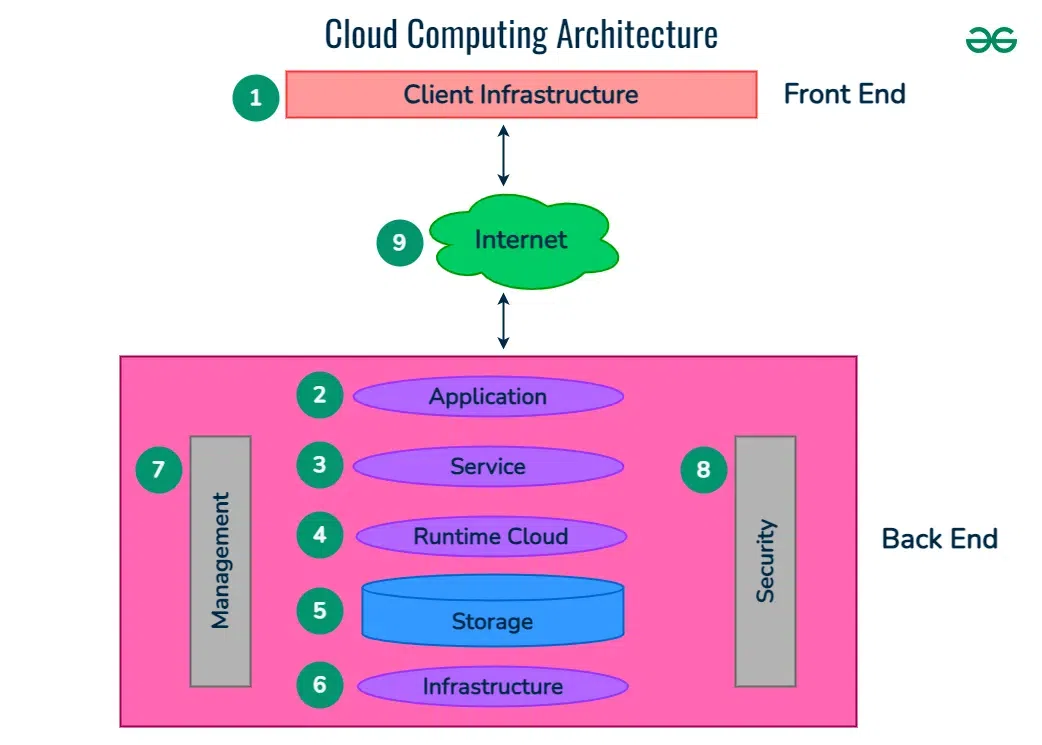Understanding LinkDaddy Cloud Services: The Ultimate Guide to Cloud Services Press Release Methods
Understanding LinkDaddy Cloud Services: The Ultimate Guide to Cloud Services Press Release Methods
Blog Article
Simplify Your Framework With Cloud Provider
As services browse the ever-evolving landscape of technology and data administration, the duty of cloud solutions in streamlining infrastructure has actually ended up being significantly prominent. Exactly how can services successfully browse this change and truly unlock the capacity of cloud services for simplifying their facilities?
Advantages of Cloud Services
Cloud solutions provide a structured approach to managing IT infrastructure, offering services with adaptability, scalability, and cost-efficiency. Among the vital advantages of cloud solutions is the scalability they use. Services can quickly scale their resources up or down based on need, guaranteeing they just spend for what they utilize. This versatility is specifically beneficial for businesses with changing demands or those experiencing growth.
Additionally, cloud services eliminate the demand for companies to spend in costly hardware and software. This cost-efficiency is a substantial benefit, especially for tiny to medium-sized business wanting to minimize upfront prices. By making use of cloud solutions, organizations can access high-grade IT resources without the substantial price related to traditional facilities setups.
Furthermore, cloud solutions provide companies with the versatility to access their information and applications from anywhere with an internet link. This degree of ease of access improves partnership amongst teams, enables remote job, and increases overall productivity. The flexibility provided by cloud services equips organizations to adapt quickly to changing market problems and consumer demands.
Expense Savings and Scalability
Along with the operational benefits highlighted earlier, the integration of cloud solutions into a business's infrastructure yields significant cost savings and enhanced scalability. Cloud solutions provide a pay-as-you-go version, permitting businesses to scale sources up or down based upon existing demands, thereby avoiding the expenses connected with maintaining excess capacity. This versatility makes it possible for firms to adjust swiftly to changing needs without sustaining unnecessary costs.
Moreover, cloud solutions remove the demand for in advance investments in hardware and software, reducing capital investment. Business expenses are also minimized as companies no longer need to handle and preserve physical servers, leading to lower power consumption and IT staffing expenses. In addition, cloud solutions give automated updates and upkeep, guaranteeing that the framework remains current and safe without requiring hands-on treatments.
Improved Protection Actions
Implementing strict protection actions is extremely important when incorporating cloud solutions into a business's framework to secure sensitive information and guarantee compliance with industry laws. Cloud solution suppliers provide enhanced security attributes such as data encryption, firewall software security, and multi-factor authentication to minimize cybersecurity threats.
In addition, regular safety and security audits and compliance assessments help make sure and recognize susceptabilities adherence to market requirements. Companies can likewise gain from attributes like computerized security updates and real-time risk surveillance provided by cloud provider. By prioritizing safety procedures and remaining positive in addressing potential dangers, businesses can with confidence take advantage of cloud services while shielding their beneficial information from unauthorized access or violations.
Transitioning to Cloud Facilities
To efficiently integrate cloud services right into a company's facilities, an organized approach that resolves the shift towards cloud-based solutions is vital. Transitioning to cloud facilities involves cautious preparation and implementation to guarantee a smooth movement procedure. The very first step is to evaluate the current framework and determine which applications and systems appropriate for migration to the cloud. This assessment needs to take into consideration variables such as data level of sensitivity, compliance needs, and efficiency demands.
When the assessment is complete, a movement strategy More about the author need to be developed. This method ought to describe the timeline, resources, and responsibilities for moving each component to the cloud. It is vital to interact this plan plainly to all stakeholders to make sure positioning and reduce interruptions during the transition.
During the migration testing, surveillance and process are vital to recognize and attend to any issues without delay. Normal checkpoints must be established to track progress and make necessary modifications. In addition, training for employees on using cloud solutions should be offered to ensure a successful shift and optimize the benefits of the brand-new facilities.
Best Practices for Cloud Fostering
Successful fostering of cloud services rests on the calculated alignment of service goals with technological capacities and see here business readiness. To ensure a smooth change to the cloud, organizations need to start by conducting a thorough assessment of their existing infrastructure and identifying which work are best fit for cloud migration. It is essential to entail essential stakeholders from various divisions in the decision-making process to get buy-in and deal with any kind of worries at an early stage.
Another ideal practice for cloud adoption is to prioritize safety and compliance. Organizations must thoroughly evaluate the safety and security measures used by cloud provider and make certain that their data is shielded according to industry criteria and regulative requirements. Executing durable information encryption, accessibility controls, and routine safety audits can aid minimize threats connected with cloud adoption.

Verdict

As companies navigate the ever-evolving landscape of innovation and information administration, the duty of cloud solutions in simplifying infrastructure has actually ended up being significantly noticeable - linkdaddy cloud services press release. Exactly how can businesses efficiently navigate this shift and genuinely open the potential of cloud services for simplifying their facilities?
Cloud solutions supply a streamlined method to managing i was reading this IT facilities, providing services with cost-efficiency, flexibility, and scalability. By making use of cloud services, services can access high-quality IT resources without the significant cost tag connected with standard facilities arrangements.
To make sure a smooth change to the cloud, companies must begin by carrying out a detailed evaluation of their present facilities and determining which workloads are best suited for cloud migration.
Report this page